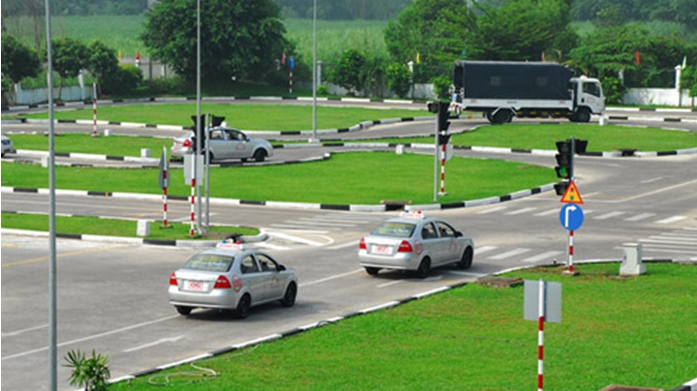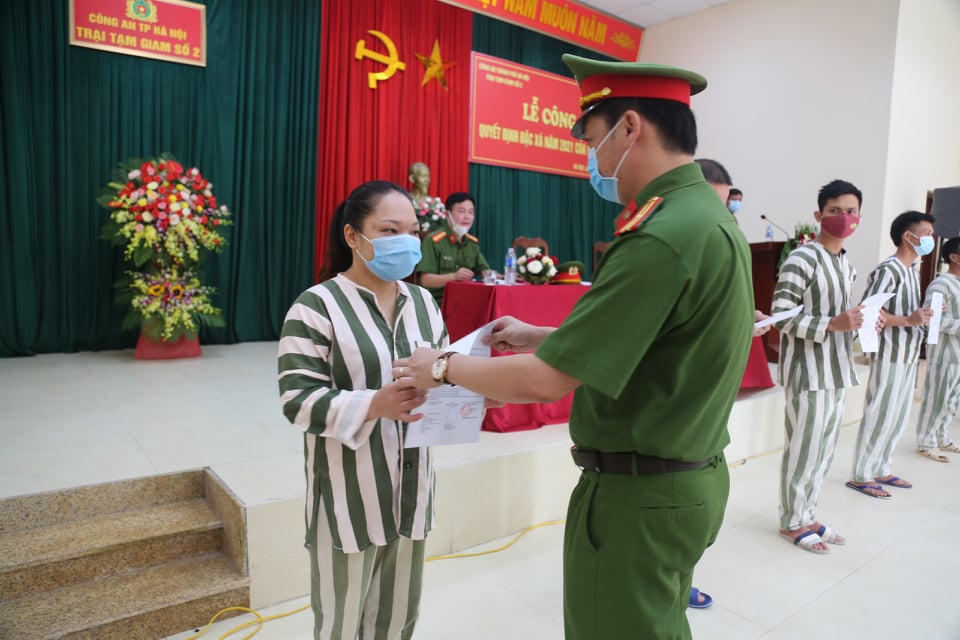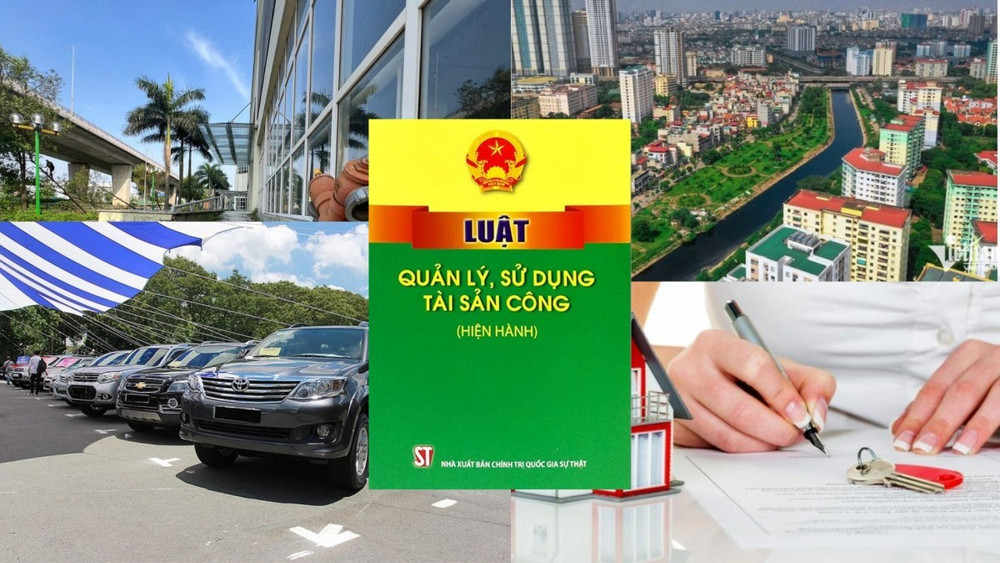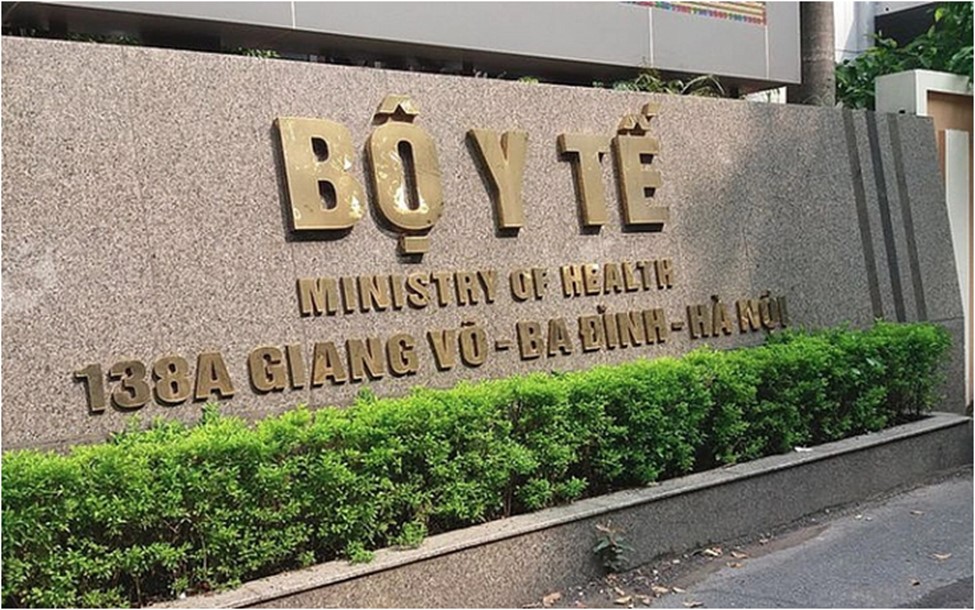Technical conditions of infrastructure of driver training institutions in Vietnam from January 1, 2025
From January 1, 2025, the regulations on the technical conditions of infrastructure of driver training institutions in Vietnam will be implemented according to Decree 160/2024/ND-CP.

Technical conditions of infrastructure of driver training institutions in Vietnam from January 1, 2025 (Image from the Interner)
Technical conditions of infrastructure of driver training institutions in Vietnam from January 1, 2025
As stipulated in Article 9 of Decree 160/2024/ND-CP, the requirements for technical conditions of infrastructure of driver training institutions in Vietnam from January 1, 2025, are as follows:
- There must be a construction site ensuring a legally permissible minimum usable area of 1,000 m2.
- System of specialized classrooms:
+ Classroom for theoretical instruction: equipped with tools supporting teaching contents such as road traffic law, driver ethics, traffic culture, prevention of alcohol-induced harm during traffic participation, and fire and rescue prevention; in cases where information technology devices do not describe the road sign system, simulated road scenes, a system of paintings must be available. The classroom area must not be smaller than 48 m2 per room;
+ Classroom for automotive technology education: equipped with information technology devices to support teaching on vehicle construction, common repairs, driving techniques, new knowledge for class promotion; featuring a cutaway engine model, transmission system, and electric system; equipped with specialized tools for instructing students in tire disassembly and assembly, checking vehicle oil and coolant; automobiles must be safely propped for cold and hot gear practice; equipped with driving simulators; in cases where information technology devices do not describe the construction and operational principles of the engine, transmission system, suspension system, brake system, steering system, basic driving operations (seat adjustment, driving posture, steering wheel grip position...), a system of paintings must be available; the classroom area must not be smaller than 100 m2 per room.
In cases where the cutaway model of the engine, transmission system, electric system; area for guiding students in tire disassembly and assembly, checking vehicle oil, coolant; vehicles for cold and hot gear practice; and driving simulators are arranged in a separate area, the classroom area must not be smaller than 48 m2 per room;
+ Specialized classrooms must be legally under the ownership of the training center; the automotive driving training center must arrange an adequate number of theoretical and automotive technology classrooms suitable for the training volume, form, and program; the number of classrooms is based on the number of students; determined under the principle of one theoretical classroom and one automotive technology classroom accommodating a maximum of 500 students.
- Training Vehicles:
(i) The training center must have training vehicles allowed for training and legally owned by the driving training center; vehicles must be licensed by a competent authority for driving training; in cases where the training center offers a driving test service, based on the time vehicles are used for testing purposes, it is permitted to use test vehicles for both driving tests and training, but the number of test vehicles counted for training volume must not exceed 50% of the test vehicles used for practical driving training;
(ii) Training vehicles must correspond to the vehicle class specified in Clause 1, Article 57 of the Law on Road Traffic Safety and Order. Specifically: Class B training vehicles include both vehicles with automatic transmission (including electric cars) and manual transmission (stick shift); Class C1, C, D1, D2, D, BE, C1E, CE, D1E, D2E, and DE training vehicles use manual transmission (stick shift);
(iii) Trucks used for Class B training vehicles must have a total design weight of 2,500 kg to 3,500 kg and account for no more than 30% of the total number of training vehicles in the same class at the training center;
(iv) Training vehicles must display two signs "TAP LAI" (driving practice) at the front and rear according to the sample provided in Appendix I attached to Decree 160/2024/ND-CP; equipped with an auxiliary brake system installed to ensure braking efficiency, placed next to the driving instructor's seat; on-road training vehicles must have a system to monitor the time and distance of practical driving lessons for students; training trucks must have a covered bed for rain and sun protection, with seats for students; must have valid technical safety and environmental protection certification for road vehicles;
(v) Three-wheeled motorcycles for disabled individuals to use as training vehicles must have a registration certificate and number plate issued by a competent authority;
(vi) Class B automatic transmission cars are used as training vehicles for disabled individuals with disabilities in the right foot, right hand, or left hand; they must meet the requirements specified in (i) and (iv) and be structured to allow remaining functioning limbs to easily control steering, signaling, headlights, windshield wipers, gear lever, hand brake, foot brake, and accelerator pedals as per the manufacturer’s intended function or a competent authority's certificate of motor vehicle modification confirming the vehicle control system is suitable for safe driving by the disabled.
- Driving Practice Grounds:
+ Must be legally under the control of the driving training center; in cases where a driving test service is offered, based on the frequency of use for testing purposes, the testing ground may also be used for training but only one ground is counted in the training volume;
+ The driving training center must arrange a suitable number of practice grounds for training volume and program; the number of practice grounds is determined by student volume; under the principle of one driving practice ground accommodating a maximum of 1,000 students;
+ The driving practice ground must have a full system of road signs and ensure adequate area for all training course content for the vehicle classes being trained; the arrangement of form and size for the comprehensive driving exercises must comply with the National Technical Standard on Driving Test Centers for motor vehicles on roads for each corresponding vehicle class and must have curb lines;
+ The surface of the ground should have necessary elevations and drainage systems to avoid water accumulation; the surface layers and driving practice form should have asphalt or cement concrete surfaces, with roadline markings;
+ There should be waiting areas and seats available for students practicing driving.
- Key word:
- driver training institution
- Vietnam
- infrastructure
- Number of deputy directors of departments in Vietnam in accordance with Decree 45/2025/ND-CP
- Cases ineligible for pardon in Vietnam in 2025
- Decree 50/2025 amending Decree 151/2017 on the management of public assets in Vietnam
- Circular 07/2025 amending Circular 02/2022 on the Law on Environmental Protection in Vietnam
- Adjustment to the organizational structure of the Ministry of Health of Vietnam: Certain agencies are no longer listed in the organizational structure
- Vietnam aims to welcome 22-23 million international tourists in Vietnam in 2025
-

- Number of deputy directors of departments in Vietnam ...
- 15:04, 05/03/2025
-

- Cases ineligible for pardon in Vietnam in 2025
- 14:43, 05/03/2025
-

- Decree 50/2025 amending Decree 151/2017 on the ...
- 12:00, 05/03/2025
-

- Circular 07/2025 amending Circular 02/2022 on ...
- 11:30, 05/03/2025
-

- Adjustment to the organizational structure of ...
- 10:34, 05/03/2025
-

- Notable new policies of Vietnam effective as of ...
- 16:26, 11/04/2025
-
.Medium.png)
- Notable documents of Vietnam in the previous week ...
- 16:21, 11/04/2025
-
.Medium.png)
- Notable documents of Vietnam in the previous week ...
- 16:11, 02/04/2025
-
.Medium.png)
- Notable new policies of Vietnam to be effective ...
- 16:04, 02/04/2025
-
.Medium.png)
- Notable new policies of Vietnam effective from ...
- 14:51, 21/03/2025
 (1).png)
 Article table of contents
Article table of contents
